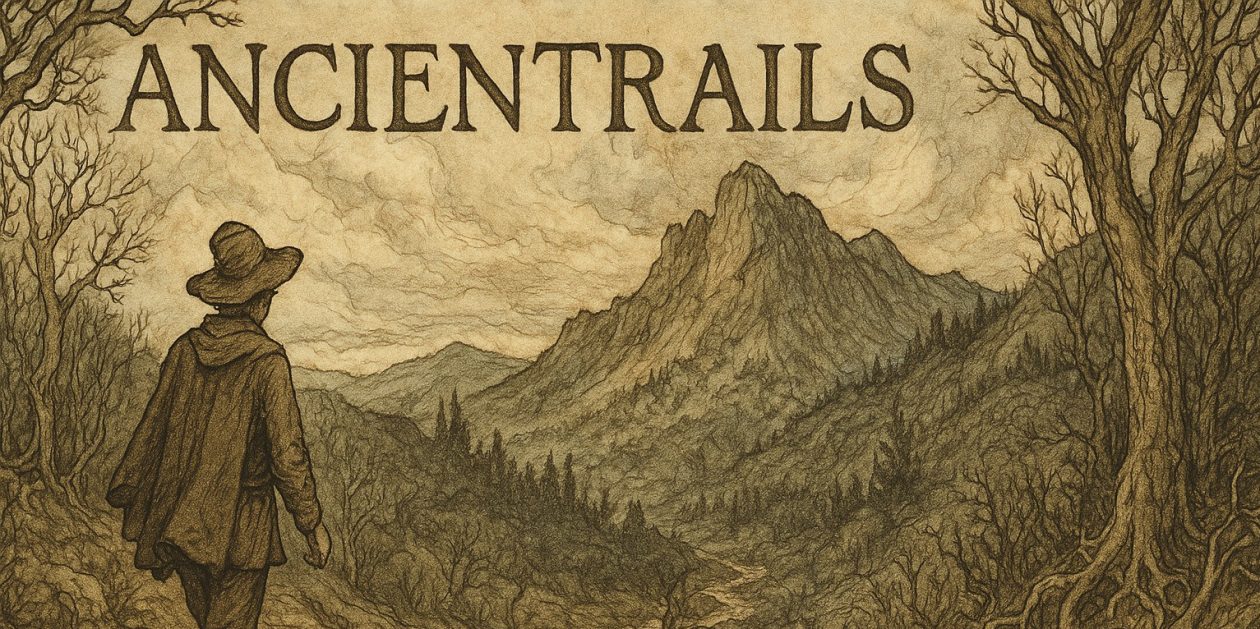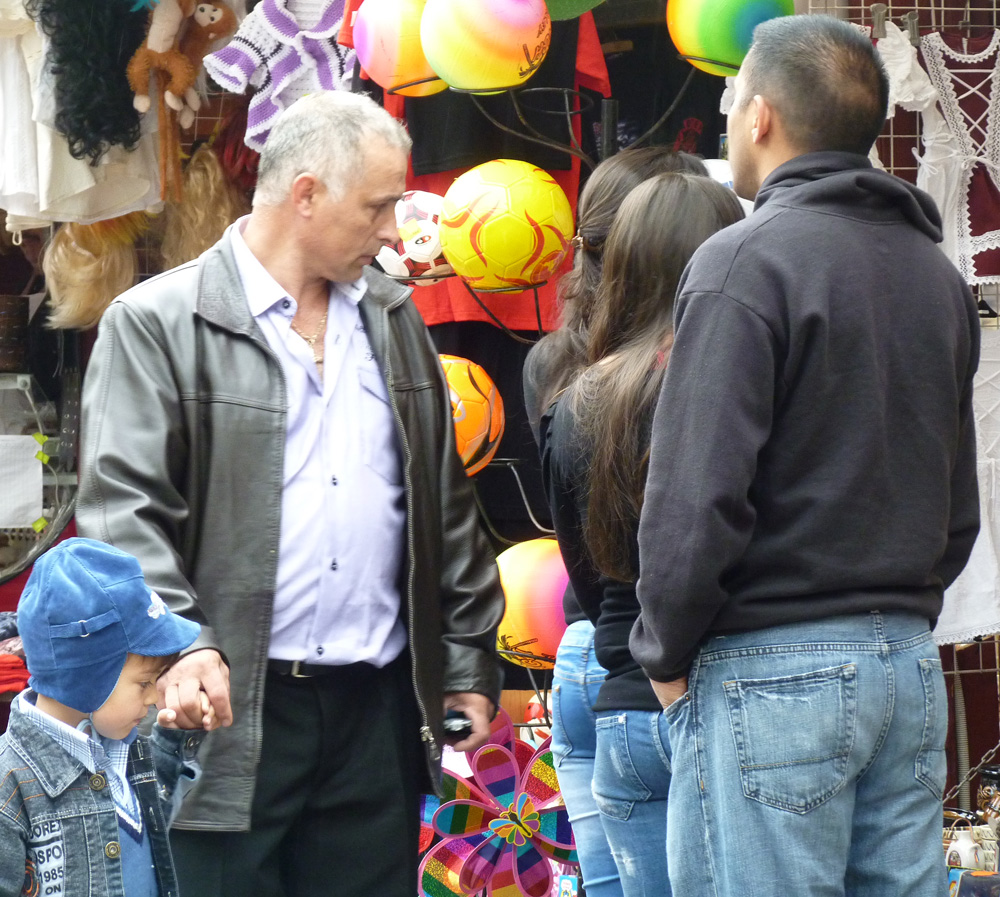Spring Planting Moon
Hard to believe we move out of spring and into Beltane, the start of the Celtic summer or growing season, this week. We’ve only just got our cold weather crops in the ground. Fortunately for the cold weather crops temps are gonna drop again and rains will come in the plenties.
Finished reading a wonderful book by Nelson Algren, Chicago on the Make. This 1951 work renders a picture of Chicago from its underbelly, sympathetically. The writing reaches out from the page, grabs you by the lapel (if you have a lapel) and says, pay attention to this! It’s important. But also beautiful in the way a tractor coated with mud after a day in the field is beautiful, beautiful in the way a darkened coal miners face is to wife and children that night. Quick to read, long to forget.
Started another by Jack Cash, Mind of the South. This 1941 book, of which I was unaware, gets credit for nailing much about the south in an honest, intelligent analysis. The version I’m reading is a 50 year anniversary edition with a wonderful introduction, but no change to the main body of the text. Cash committed suicide six months after its publication.
Considering Chicago, as I have been for the trip I’d intended to take there in May, and now picking up Mind of the South, has left me wondering, again, about how to express the unique culture of the American Midwest, the Heartland of the world’s hegemon (for a few more months at least). This is my culture, the one that has shaped me, in ways often invisible to my own eye. What is our lederhosen and gingerbread cottage molding? What is our calligraphy, poetry and painting style? What is our wiener schnitzel? Our chicory coffee and beignets? How do we drive, compared to the biggest always wins philosophy of Mexico City? What do we want for our children? Ourselves? What dreams propel us? What fears haunt us? Who are we?


